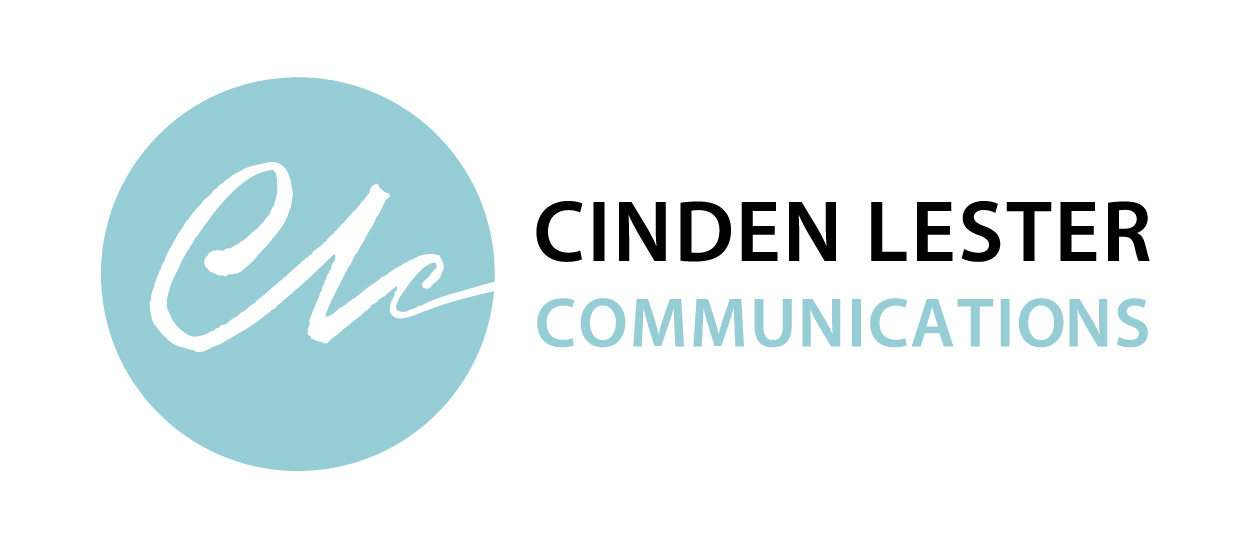
How frustrating is it trying to follow poorly written guides?
Sort of like trying to understand the illustrations that come with flat pack furniture.
So how can you avoid ‘flat pack syndrome’?
Here are some suggestions for writing clear, useful guides, instructions or explanations that are easier for people to understand and follow.
Right up front, briefly explain:
- the purpose of the document
- who it is for
- where to find related (or required) resources
- who to contact for questions or feedback.
It’s important to know your audience and write in a style that they respond to best, whether that’s formal, no-frills straightforward, informal or friendly.
If your audience is internal, you don’t need as much background information or context as you would for an external audience.
So a ‘how to’ for staff could start with a short sentence that simply explains the purpose, such as ‘Here’s how to book a conference room’. Whereas the same document for an external audience might need to explain more about your location, the number of rooms available, the facilities and so on, before explaining how to make a booking.
When speaking to an internal audience, you can also use terms that are commonly used in-house. For example, many organisations have a name for their intranet and use shorthand for certain areas such as ‘Procurement’ or ‘HR’.
It can be a challenging to write objectively about something you are very close to.
Try stepping into your audience’s shoes to regain some objectivity. Your audience doesn’t have the same depth of knowledge as you. Remembering this can help you step back and think about what your audience needs to know, and how to present it in a way that makes sense to them.
Provide information in logical, step-by-step order. Use subheadings and numbered lists to break the instructions down into concise, single-task, actionable chunks.
Write how you speak, using everyday words and short sentences. It might help to imagine you’re at a barbecue, explaining things to great aunt Edith.
Read it out loud to check if it’s clear and concise, plain English. Or you can run a Readability test, aiming for a result with a high reading ease level and low grade level.
Drop the word ‘should’ and start with the verb instead (what you want readers to do). Your writing will sound less stuffy. It will also be clearer, shorter, more direct and easier to follow.
For example, instead of ‘All staff should apply the style guide for consistent branding’ and ‘These writing guidelines should be observed for corporate documents’ you can simply say ‘Use this style guide for consistent branding’ and ‘Apply these writing guidelines to corporate documents’.
If you have multiple pages or multiple topics, make it easier for your readers to follow your information by establishing a pattern.
You could do this by using common headings that cover off questions such as what, why and how.
Or you could use a similar format each time, such as questions and answers.
Use images where appropriate.
Screenshots are an effective way to show people how to carry out screen-based tasks and flow charts can clearly illustrate the steps and/or decision points in a process.
Depending on your audience, cartoon style images might help to make a point while raising a smile and aiding recall.
Keep accessibility in mind if your document is going online.
Use relevant examples that relate directly to the subject matter and are meaningful for the audience.
Don’t get bogged down in the background details. If you have to include more than a few lines, set up a separate section or page titled ‘Background’, ‘History’ or ‘Context’.
Ask people what they think. Was the information easy to understand and follow? Did it cover everything they needed to know? Do they have comments and suggestions?
Thank people for their feedback and respond by continually refining and improving the guidelines or instructions.
* * *
So, good guides vs bad guides? May the good guides win…
| Cinden Lester has more than 25 years’ experience as a professional writer, editor and communications specialist. She worked as a broadcast journalist, in private sector marketing and public relations, and in government communications before establishing her own Canberra-based communications consultancy in 2000.
Contact Cinden if you’d like help with your writing. |
